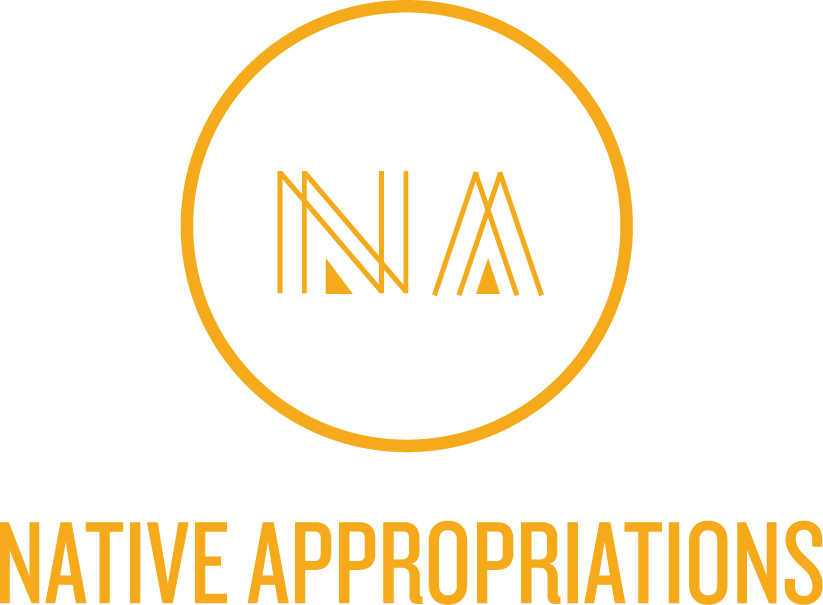Full disclosure: Mike was my undergraduate advisor, but I’ve been anxiously awaiting his book for a while now, and I think the themes resonate very well with the topics discussed on the blog.
Professor Michael Wilcox is one of the three Native faculty members at Stanford, and his research focuses on the Pueblo Revolt of 1680, and re-examining conquest narratives of Native peoples in the US. In doing his analysis, he also argues for a new way of looking at archaeology and Native populations, what he terms “Indigenous Archaeology”. The Stanford Report wrote a great article about his book (with a video! and pictures!) that can be found here.
after the jump, video, quotes, and a discussion of the “ooga booga syndrome” (yes, that is a technical, scholarly term).
Here is the video of Professor Wilcox talking about his work:
I love how he ties it back to modern day conquests and regime changes (Iraq, etc).
I really want to quote the entire article here, but I’ll resist. The article defines Indigenous Archaeology as:
understand[ing] Native American history by seeing the connections between artifacts and other scientific evidence and the narratives of living indigenous peoples. In doing so, he argues, archaeologists could better explain why indigenous populations persist.
This is a response to the constant narratives that Indians are disappearing and will cease to exist–we must “save” the cultures! Professor Wilcox notes that there needs to be a focus on persistence, rather than disappearance:
“I always joke that Indians have been disappearing longer than almost any group in history,” said Wilcox. “The presence of four and a half million Native Americans in the United States is a complete mystery to most people. There is no story that explains what they are still doing here.”
He said, “What if archaeologists were asked to explain the continued presence of descendent communities 500 years after Columbus instead of their disappearance or marginality? That’s a much more interesting story.”
He also discusses how the Pueblo people were in stark contrast to the Indians-scared-of-colonizers narrative presented in popular culture, calling it the “ooga booga syndrome”:
The Puebloan people, he said, were hardly reflective of what he calls the “ooga-booga syndrome” popularized in Hollywood films. He explains the syndrome this way: “Indians are depicted as horrified and fascinated by the presence of unfamiliar clothing and light skin and run in horror from their sight shouting, ‘Ooga-booga!’ It’s ridiculous. Native Americans were surrounded by people who were different from themselves. Europeans may have understood Indians as a single entity, but that is not how Native peoples defined themselves.”
I think that is the best term ever. I plan on using it in a paper in the near future. Finally,a quote that I think spans across disciplines, and is definitely reflected in the content of the blog, discussing the placing of Indians in the historic past:
“The mythology we have created is that Native Americans can never be truly modern, that they are locked in the past and that cultural authenticity is locked in the past, too.”
We struggle against that everyday, and I think that research and work like Professor Wilcox’s will start to chip away at misconceptions and false histories and begin to re-write the widely accepted narratives of conquest.
Stanford Report Article: http://news.stanford.edu/news/2010/march/wilcox-native-american-030310.html
Buy the book! University of California Press: http://www.ucpress.edu/books/pages/10795.php


Comments
Only three Native faculty members at Stanford? I’m not sure why that surprises me so much, but it does.
And the book sounds wonderful; I love the article about him. Thanks for the rec!
thanks for your comment! Mike’s up for tenure soon, and I really hope that Stanford realizes how important his research is…